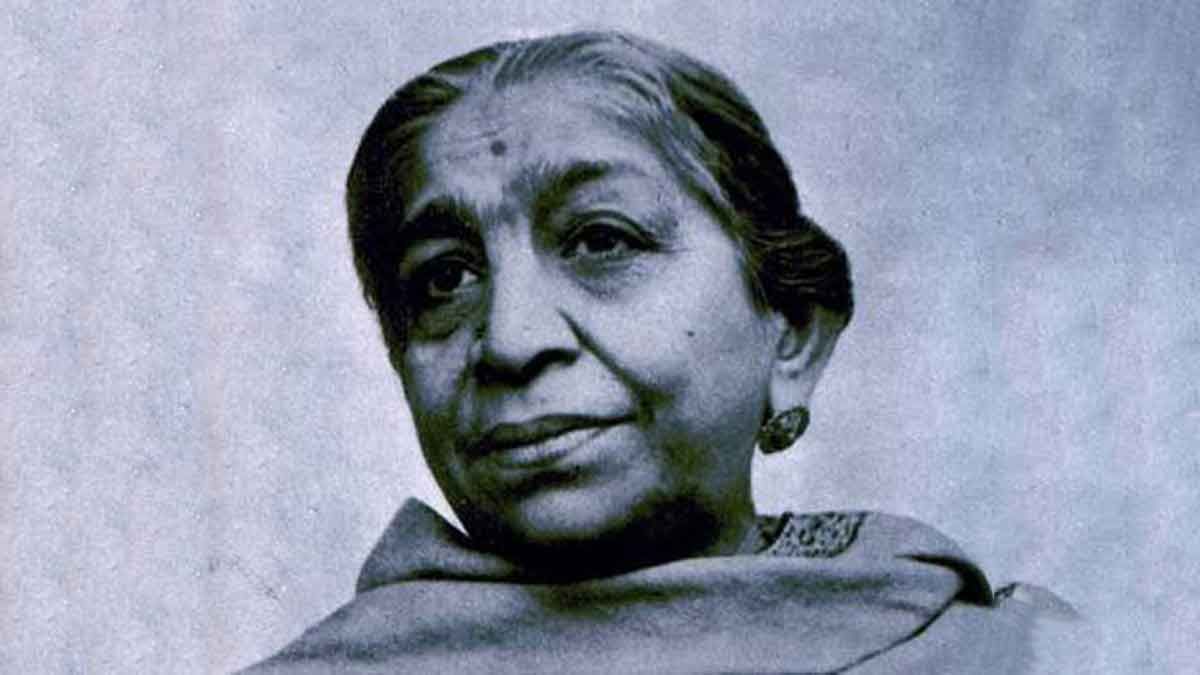Sarojini Naidu (13 February, 1879 – 2 March, 1949)

Sarojini Naidu was born in Hyderabad on 13 February, 1879. Her father, Aghorenath Chattopadhyay, was a Bengali Brahmin who was the principal of the Nizam’s College in Hyderabad. She was educated in Madras, London and Cambridge. Following her time in England, where she worked as a suffragist, she was drawn to Indian National Congress’ movement for India’s independence from British rule.
She became a part of the Indian nationalist movement and became a follower of Mahatma Gandhi and his idea of swaraj. She was arrested, along with other Congress leaders including Gandhi, Jawaharlal Nehru, and Madan Mohan Malaviya for participating in 1930 Salt March. Sarojini was one of the major figures to have led the Civil Disobedience Movement and the Quit India Movement. She faced repeated arrestings by the British authorities during the time and even spent over 21 months (1year 9months) in jail. She was appointed the President of the Indian National Congress in 1925 and later became the Governor of the United Provinces in 1947, becoming the first woman to hold the office of Governor in the Dominion of India.
Her work as a poet earned her the sobriquet ‘the Nightingale of India’, or ‘Bharat Kokila’ by Mahatma Gandhi because of color, imagery and lyrical quality of her poetry. Naidu’s poetry includes both children’s poems and others written on more serious themes including patriotism, romance, and tragedy. Published in 1912, ‘In the Bazaars of Hyderabad’ remains one of her most popular poems.
She died of a cardiac arrest on 2 March, 1949, at the Government House in Lucknow.







